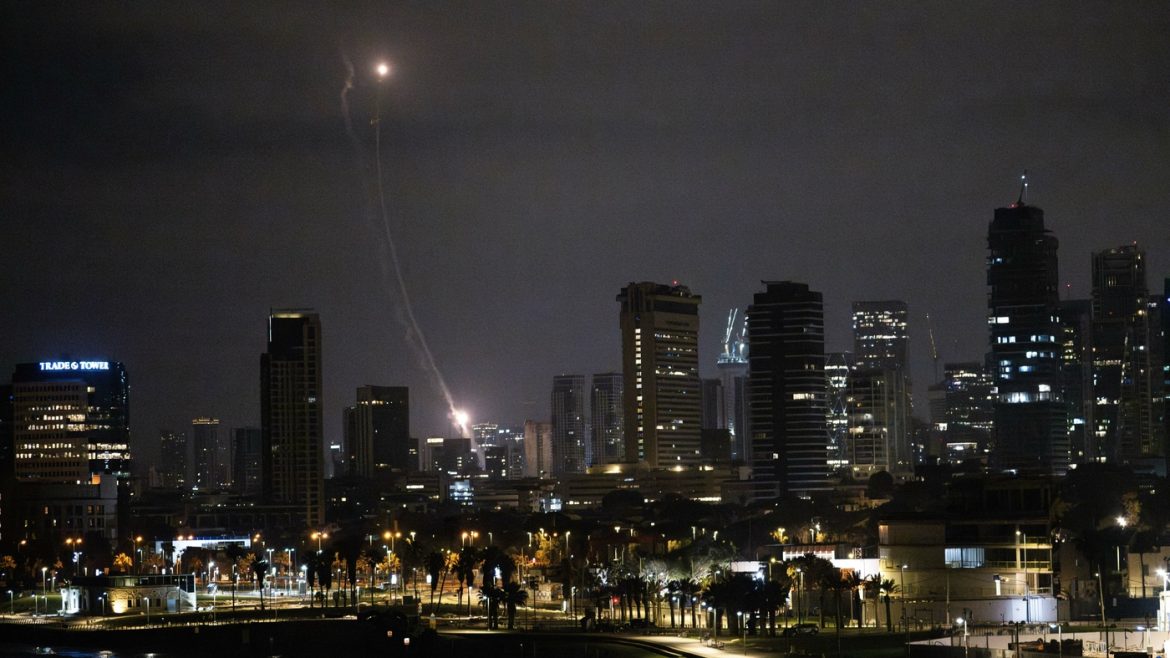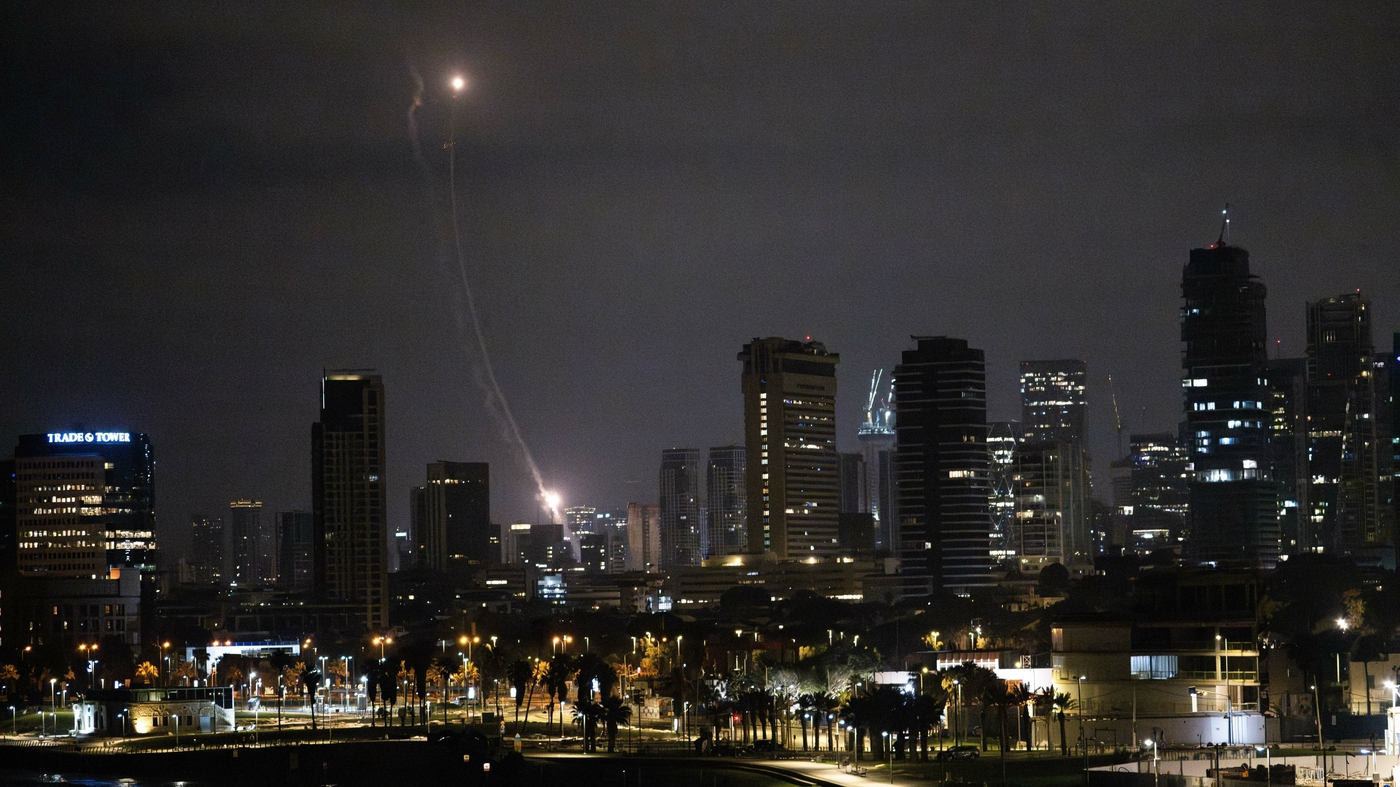The recent escalation between Israel and Iran marks a critical and violent chapter in a decades-long fraught relationship, unfolding rapidly into a severe conflict with devastating consequences. This report analyzes the current state of the conflict, its underlying causes, military dynamics, regional implications, and the broader geopolitical context influencing and influenced by these hostilities.
Origins and Historical Context
The hostility between Israel and Iran dates back prior to the 1979 Islamic Revolution, after which diplomatic relations were severed, and Iran emerged as a vehement opponent of Israel’s existence. Over the past several decades, Iran has supported proxy groups opposing Israel, particularly Hezbollah in Lebanon, contributing to persistent tension. Israel, wary of Iran’s nuclear ambitions and regional influence, has continuously sought to disrupt Iran’s military and nuclear developments.
These historical grievances set the stage for the current outbreak of direct conflict, as Israel launched decisive airstrikes targeting Iran’s nuclear infrastructure and key military figures. Israel’s stated objective is to degrade Iran’s ability to develop nuclear weapons, which it perceives as an existential threat. Iran, in turn, has retaliated with missile strikes targeting Israeli cities, including Tel Aviv and Haifa, resulting in civilian casualties and widespread destruction.
Military Engagements and Tactical Developments
The conflict, now in its fourth day, has seen significant air and missile exchanges. Israel claims to have achieved aerial superiority, reportedly disabling much of Iran’s air defenses through concentrated strikes on radar installations and surface-to-air missile systems. However, Iran’s missile capabilities remain potent. Iranian missile barrages have inflicted casualties within Israel, demonstrating Tehran’s capability to strike deep inside Israeli territory despite Israel’s robust missile defense systems.
Iran’s retaliatory strikes include targeting major urban centers and strategic infrastructure, such as Israel’s national broadcaster headquarters and residential areas, further amplifying the psychological and physical toll on civilians.
On the ground, Israel has expanded its engagement by targeting Iran-backed proxies such as Hezbollah, especially in southern Lebanon. This broader regional dimension, involving proxy militias supported by Iran, signals the potential for a wider conflagration if hostilities are not contained.
Human Cost and Civilian Impact
The human toll has been severe on both sides. Iran’s health ministry reported over 220 deaths amid the airstrikes, including military personnel and civilians. Israel has reported multiple fatalities from missile strikes in urban areas, alongside injuries and destruction of homes and infrastructure.
The escalation has invoked widespread fear and displacement, with Iranian authorities urging Israeli civilians to evacuate vital areas, reflecting anticipation of intensified Israeli attacks. The targeting of civilian infrastructure and densely populated areas raises profound concerns about humanitarian suffering amidst ongoing military operations.
Geopolitical Implications and International Response
The conflict’s escalation happens amid complex geopolitical currents. The United States has played a shadow role, expediting naval deployments to the region and signaling warnings against Iranian attacks on U.S. interests. While advocating for de-escalation, U.S. policymakers appear prepared for deeper involvement depending on the conflict’s trajectory.
At the same time, the confrontation has overshadowed other regional conflicts, notably the Gaza war, shifting global focus onto the Israel-Iran front. The fear of spiral into a broader Middle Eastern war involving multiple parties—including American, Russian, and regional actors—is palpable among world leaders gathered at recent summits.
Diplomatic attempts remain largely stalled, with Israel historically opposing Iran’s nuclear program through sabotage and direct strikes rather than diplomacy. Iran accuses Israel of undermining any diplomatic engagement with the West and views Israeli strikes as declarations of war.
Strategic and Political Dimensions
Israeli Prime Minister Benjamin Netanyahu has framed attacks as necessary pre-emptive actions to protect Israel and the international community from an Iranian nuclear weapon threat. Iran’s leadership, meanwhile, frames its retaliatory strikes as defensive and proportional responses to Israeli aggression.
The conflict reflects deeper shifts in Middle Eastern power realignments, with Israel increasingly acting with perceived impunity and reinforcing its position as a formidable regional power. Meanwhile, Iran’s ability to strike deep into Israel, despite suffering numerous setbacks, signals it continues to maintain considerable military resilience and regional influence through both missile technology and proxy forces.
The assassination of key Iranian nuclear scientists and military leaders by Israel underscores the high stakes and personalized nature of this conflict, inflaming nationalist fervor on both sides and reducing incentives for negotiated ceasefires in the short term.
Conclusion: A Precarious Brinkmanship with Global Stakes
The Israel-Iran conflict is now a high-intensity confrontation with the potential to reshape regional security and influence global geopolitical balances profoundly. The current air and missile war represents more than episodic violence—it is a brutal test of military endurance, political will, and regional stability.
Both countries seem locked in a cycle of retaliatory strikes, with Israel seeking to neutralize Iran’s nuclear threat and Iran retaliating to uphold its regional standing and resist Israeli dominance. Civilian populations bear the brunt, caught in urban centers subject to missile barrages and airstrikes.
The international community watches anxiously as this conflict risks expanding into a full-scale regional war involving multiple state and non-state actors. Diplomatic breakthroughs are urgently needed yet appear distant amid entrenched hostilities and strategic calculations.
In this perilous moment, the trajectory of Israel-Iran relations will crucially influence the future of Middle Eastern geopolitics, the fate of nuclear nonproliferation efforts, and global peace. The unfolding conflict is a stark reminder of the enduring complexity and volatility of this long-standing rivalry, challenging hopes for stability in one of the world’s most contentious regions.


